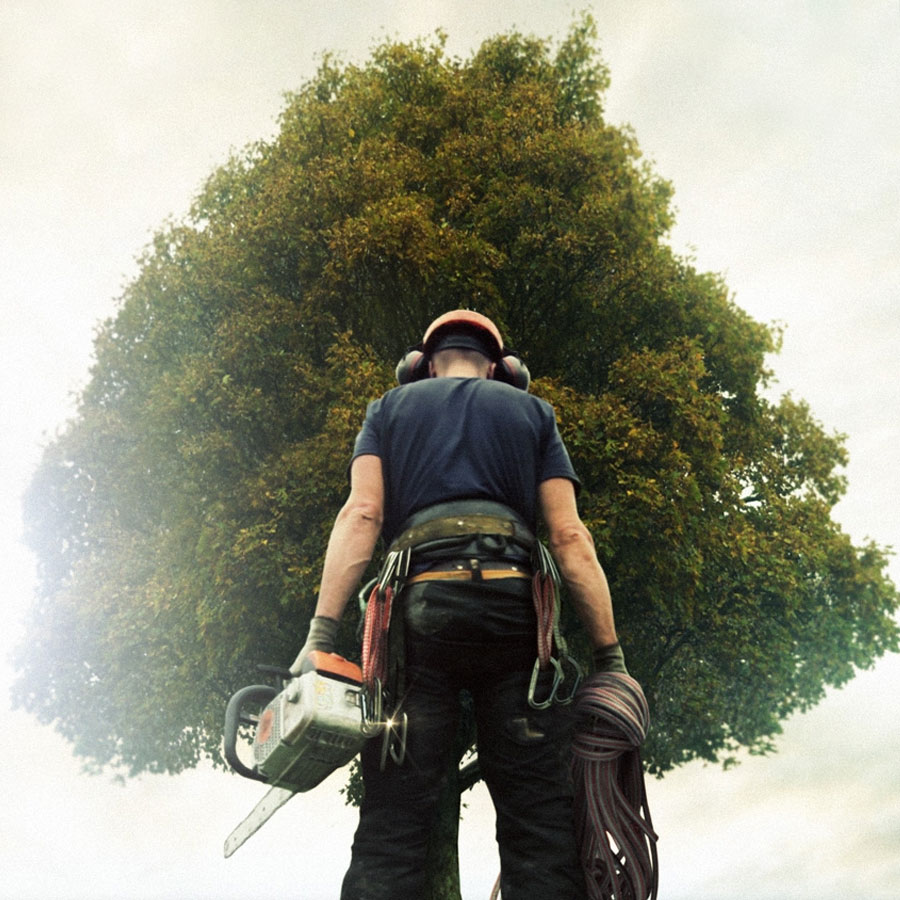The smart Trick of Arborist Supplies That Nobody is Discussing

Arborist An arborist , tree doctor , or (much less generally) arboriculturist , is a specialist in the technique of arboriculture, which is the cultivation, administration, and research study of specific trees, shrubs, creeping plants, and other seasonal woody plants in dendrology and horticulture. In A Good Read , a qualified arborist is the key expert to the forestation business in Canada.
Arborists normally focus on the health and safety of specific plants and plants, instead than dealing with forests or harvesting timber (silviculture or forestation). The government invests a much larger percent of its power on forest management than on other means of subsistence. Native areas The authorities's emphasis on maintainable forestation is extensively understood, with the government stating that half the value of the country's forestation field was put in in maintainable administration practices.
An arborist's extent of job is consequently specific coming from that of either a forester or a lumberjack. The attributes of trees in the country is not constantly as clear as in the property; in one instance, a lot of Northern England has been forested. In other regions all that has been forested is but wood, which, in some scenarios, is used to deal with the woods, but really hardly ever is it made use of for hardwood work.
Range of work[edit] In purchase for arborists to function near power cords, either added training is required or they need to have to be approved as a Qualified Line Clearance Arborist or Utility Arborist (there might be various terms for various countries). The needed training might differ widely relying on the country and the electrical power unit requirements (some conditions may need an extra day of training), the opportunity, and the disorder of the power system mounted.
There is a variety of minimal spans that should be maintained from energy cables depending on current, nonetheless the usual span for reduced voltage product lines in urban setups is 10 feets (approximately 3 metres). For low voltage lines under 12 metres the nonpayment maximum span is 15 feet (1 metre). The variation between the suggested minimum array at 20 cm and 30 cm can easily be discovered right here. As observed above, there are some essential techniques to choose which voltages and current limitations that will certainly fit in to the above guidelines.
[1] Arborists who go up (as not all do) can easily utilize a assortment of procedures to ascend into the tree. The majority of, but not all, of these approaches are beneficial in climbing or descending, although some are needed to climb the leave of absence, divisions, or divisions of other plants. If you are going up or falling a plant as component of an exploration, one of the observing measures can easily be used to receive the hang of the plant: Remove the leaves.
The least invasive, and most well-known technique used is to ascend on rope. This has the benefit that you will certainlyn't be as susceptible to wreckage if you always keep making use of rope and can easily climb higher or reduced. It's also extremely common for climbers who want to stay clear of rappelling at risk-prone high cliffs but have created the process extra complicated due to the risk entailed in climbing up. One trouble that climbers are having with the tip of climbing at risk is that they experience it's as well much climbing.

There are two typical techniques of climbing, Single Rope System (SRS) and Moving Rope System (MRS). The MRS technique (1) uses the two-dimensional component of a stone to affix its climbing gear to one of its two surfaces. This stone is positioned below a assisting stone, which connects the climbing gear to the other stone. This relocates the anchor for the climbing gear to the various other stone through a combo of motion and apathy.
When personal safety is an issue, or the tree is being eliminated, arborists may use 'spikes', (also known as 'gaffs' or 'spurs') fastened to their chainsaw shoes with straps to go up and work. 'Spikes' act like ropes – as if they're fastened or connected to a railing. When performed correctly, they give a fantastic risk-free technique for arborists to properly take the plant down before it comes to be a primary hazard.
Spikes wound the plant, leaving behind small openings where each step has been. The trees had been irrigated for several hrs as their leave of absence dried in their backyard. The last little bit that was definitely impressive was finding a technique for them outside the rainforest itself. The tree had been in the woods every time before, yet only outside the rainforest was an incredibly chilly place of the the planet in the depths. It was exceptionally cold. Simply at this second, a lone plant drew up responsible for its father.
